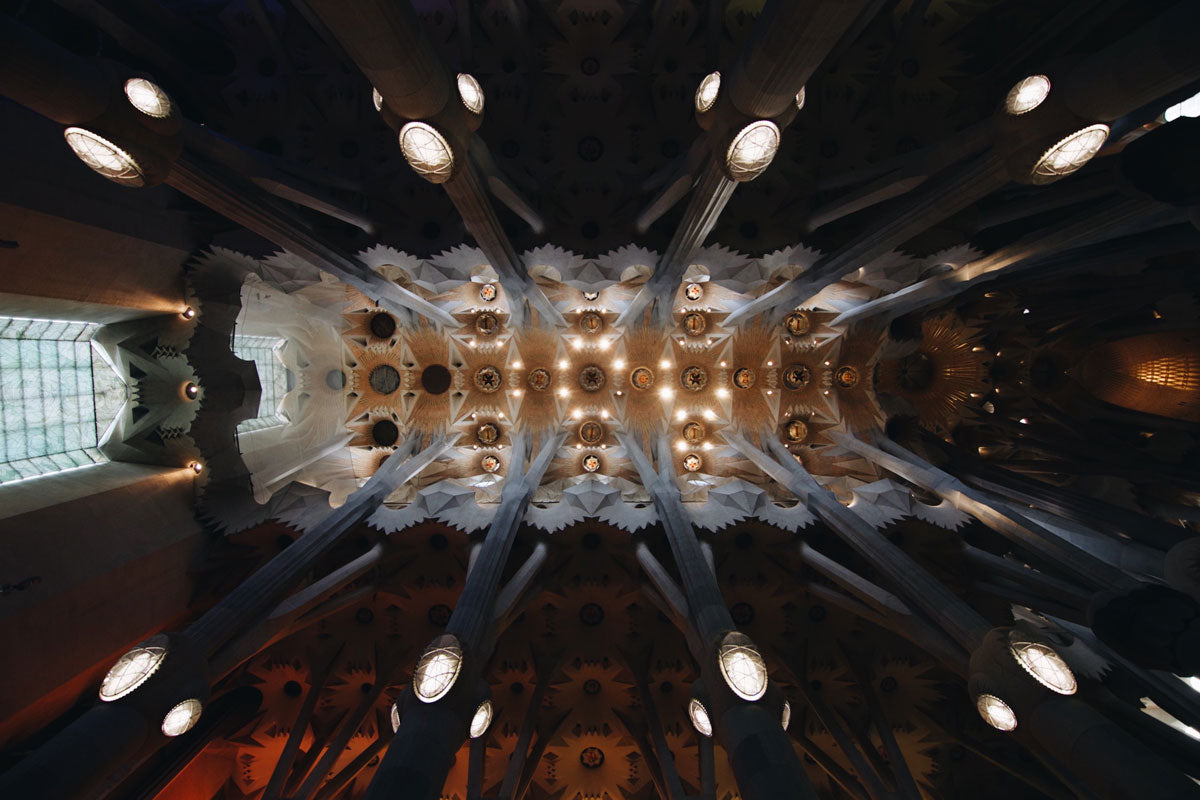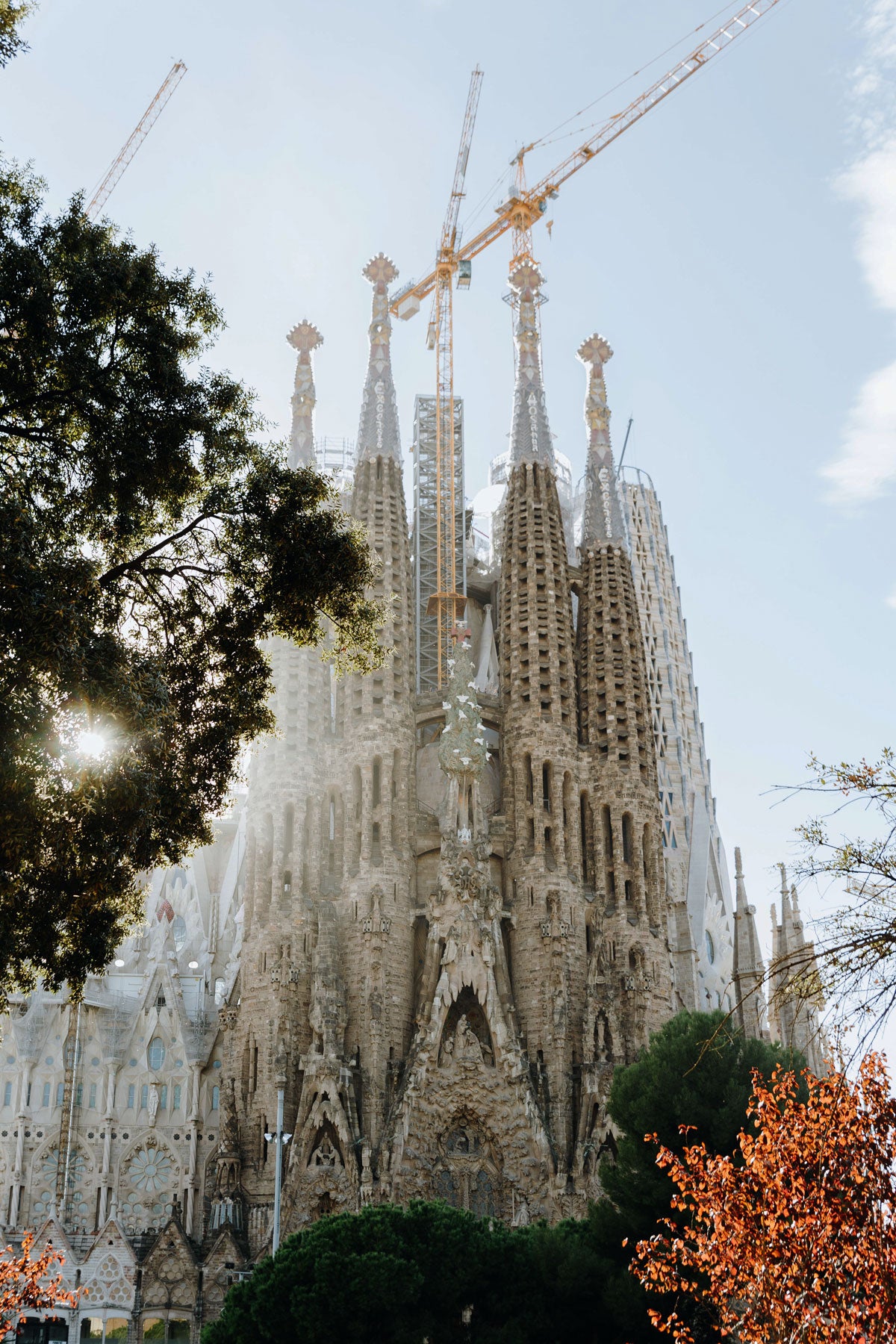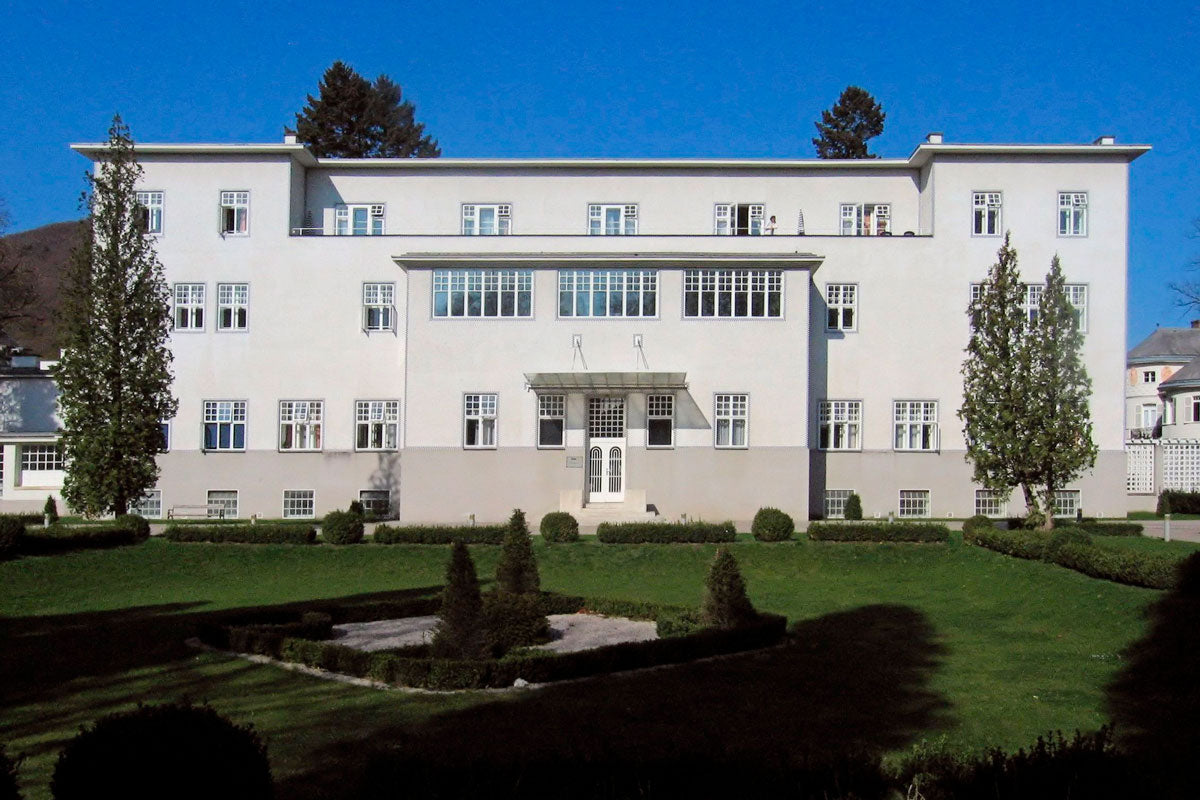Change as inspiration, innovation as purpose, and goodbye to a century are the three axes of modernist architecture. 20 years (1890-1910) were enough to jump into a new era where beauty, workforce, and shape become religion.
Thanks to William Morris’ Casa Roja, which set the foundation for Arts and Crafts, the need to go back to manual work instead of industrial production (which was considered dehumanizing) emerged. And so, little by little, Modernism positioned itself and offered its search for artisanal improvement applied to machinery.

Its absence is projected through the conversion of architecture from the 19th century to the 20th century. With an urban style and constantly hunting after more refined shapes than those produced by the industry, it rejects symmetry and favors curves; its inspiration is nature and the vitality it transmits. The constructions break traditional standards and use new materials, admiration for nature was not only expressed through decoration, spaces were conceived as live buildings and their structures worked as such.
One of the purposes is the integration of all arts into one and, in this way, to offer an architectural visual delight as a result. Modernism is also represented in furniture, decoration, building details, painting, writing, design, etc. Later, the Bauhaus would adopt this modality.

It peaked between 1893 and 1905, represented by some of the most renowned architects, such as Antonio Gaudí, Victor Horta, Héctor Guimard, Charles Rennie Mackintosh, Enrique Nieto y Nieto, Josef Hoffmann, and Víctor Beltrí.
Among the most representative works of the vanguard is the Church of the Sacred Family. Antonio Gaudí began its design in 1882 and it can be considered the Spanish architect’s masterpiece. With more than 135 years (since the first stone was placed) the work is still unfinished. Rising over the city of Barcelona (Spain), it looks as if it had no ending and its essence is anchored to what was meant as a project designed for the people. It is a clear example of the art mix, since a large number of architects contributed to the elaboration of the Nativity Façade. Jaume Busquets presented the set of sculptures in 1958, representing the Sacred Family and in 1986, Josep Maria Subirachs was in charge of leading the sculpture of the Passion Façade.

The Hill House is one of the most famous works by Charles Rennie Mackintosh and decorator Margaret Macdonald, who presented it to its owners, the Blackie family in 1904. This house, located in Helensburgh (Scotland) blends Scottish traditions with Modernism and places itself as one of the most important works from the current. Two completely different worlds; exterior and interior, but which at the same time create a perfect blend.
Josef Hoffmann offers Sanatorio Purkersdorf to matter in Brussels (Belgium), under the order of Victor Zuckerkandls. The building features a strong cubist-geometric influence and its purpose was to present a modernist home for high society older people, which instead of serving as a rest home, was transformed into a space for social gathering. Hoffmann’s original project was modified in 1926 against its author’s will, adding one floor and thus affecting the original design and purpose.
The beginning of a new century brought the promise of the beautiful, shapes and their continuity with it. At the same time, it opened the doors to a world of architectural possibilities while shaping the path of future vanguards.



